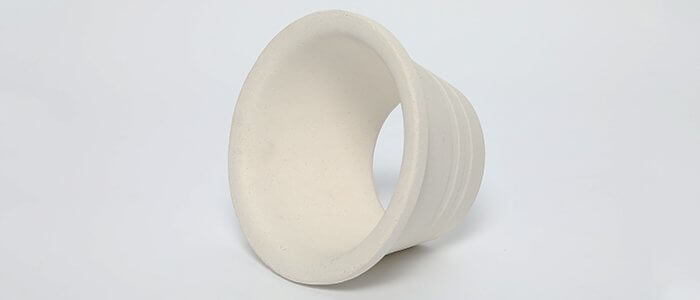Investment casting, also known as lost wax casting, is a versatile process used to fabricate intricate metal parts with excellent surface finishes and dimensional accuracy. This ancient process has been used for over 5000 years to create complex metal objects such as jewellery, sculptures, and religious artifacts. Today, investment casting is a popular manufacturing technique that is widely used in various industries such as aerospace, medical, automotive, and energy.
Steps of Investment Casting
Investment casting involves several steps, including the production of a master pattern, the creation of a wax pattern, the assembly of the wax patterns onto a gating system, the production of a ceramic shell through dipping and drying, the removal of the wax from the shell, the melting of the metal, and finally, the pouring of the molten metal into the ceramic shell. Once the metal has cooled down, the ceramic shell is removed, and the metal part is cleaned and polished.
Advantages
Investment casting offers several advantages over other manufacturing processes such as machining and forging.
Firstly, the process can produce parts with complex geometries, thin walls, and sharp edges that may be impossible or difficult to achieve through other manufacturing methods.
Secondly, investment casting can produce parts with excellent dimensional accuracy, with a tolerance of up to +/- 0.005 inches.
Additionally, investment casting can produce parts with excellent surface finishes, that require little or no further machining or finishing.
Finally, investment casting can produce parts using a wide range of metals and alloys, including steel, titanium, aluminum, and cobalt-chrome.

Ceramic Foam Filters
One of the critical steps in investment casting is the production of the ceramic shell that will be used to create the metal part. During this process, the ceramic shell must be able to withstand the high temperatures of the molten metal without cracking or deforming. A critical factor in ensuring the quality of the ceramic shell is the use of ceramic foam filters. Ceramic foam filters are made from various materials such as silicon carbide, zirconia, or alumina. These filters act as a barrier between the molten metal and the ceramic shell, preventing impurities such as sand, dirt, and oxides from entering the ceramic shell and contaminating the metal.
Silicon carbide ceramic foam filters have become widely used in investment casting due to their superior characteristics. Silicon carbide is a robust and durable ceramic material that can withstand extreme temperatures of up to 1650°C. Additionally, silicon carbide has high thermal conductivity, low thermal expansion, and excellent chemical resistance. These properties make silicon carbide ceramic foam filters an excellent choice for investment casting applications.
Example of Silicon Carbide Ceramic Foam Filters in Investment Casting
An example of the application of silicon carbide ceramic foam filters in investment casting is the production of turbine blades for the aerospace industry.
Turbine blades must be made of high-performance alloys such as nickel-based superalloys or titanium alloys, which have excellent mechanical properties and corrosion resistance. However, these alloys are prone to forming oxides and other impurities during the melting and pouring process. These impurities can lead to defects such as porosity, inclusions, and cracks, which can compromise the structural integrity of the blades and reduce their performance.
To prevent these defects, investment casting foundries have adopted the use of silicon carbide ceramic foam filters in their manufacturing process. These filters are placed in the gating system and act as a barrier between the molten metal and the ceramic shell. By trapping impurities and preventing them from entering the ceramic shell, the filters ensure that the metal parts are clean and free of defects.
The use of silicon carbide ceramic foam filters has significantly improved the quality of turbine blades produced using investment casting, ensuring that they meet the strict performance and safety requirements of the aerospace industry. The filters have also helped to reduce scrap rates and manufacturing costs, as the production of defective blade parts can be time-consuming and costly.
Conclusion
In conclusion, investment casting is a versatile and popular manufacturing technique that can produce complex metal parts with excellent dimensional accuracy and surface finishes. To ensure the quality of the metal parts, investment casting foundries use ceramic foam filters such as silicon carbide filters to trap impurities and prevent them from entering the ceramic shell. The use of silicon carbide ceramic foam filters has been particularly beneficial in the production of turbine blades for the aerospace industry, ensuring that they are free of defects and meet the strict performance and safety requirements of the industry.

